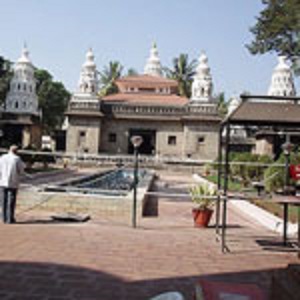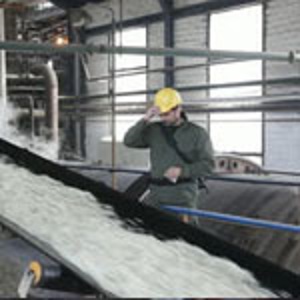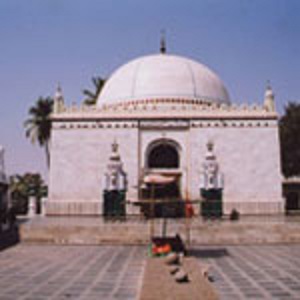HISTORY OF SANGLI MIRAJ KUPWAD MUNICIPAL CORPORATION
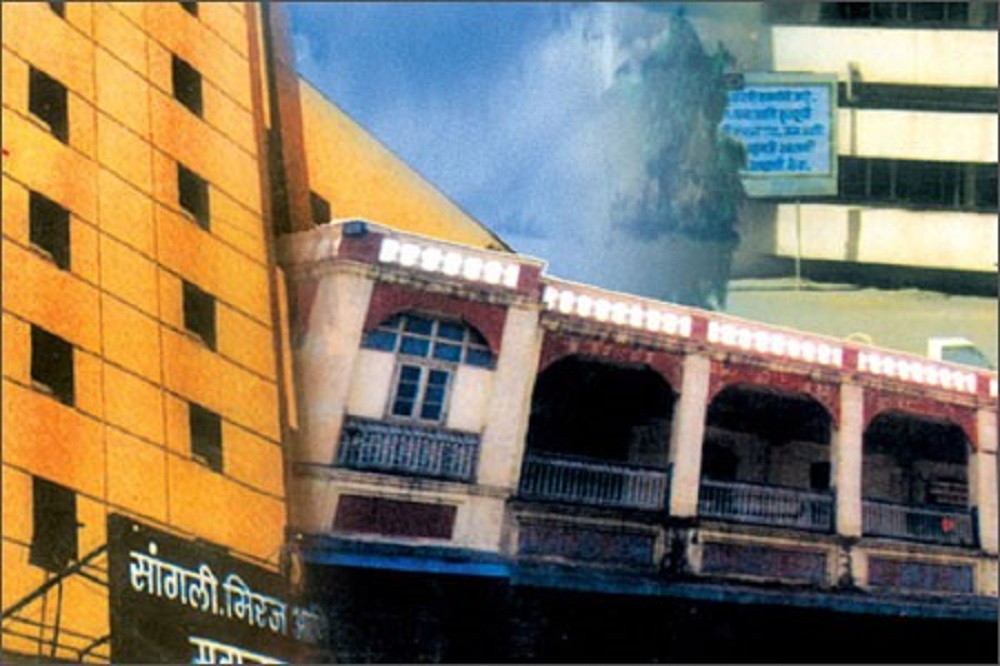
Established on 9th February, 1998
Population 4,36,639 (as per 2001 Census)
Geographical Area 118.18 Sq.km.
The Sangli-Miraj-Kupwad City Municipal Corporation is the local self-government body which looks after the development of the Sangli-Miraj twin cities. This is the largest municipal corporation in South Maharashtra and serves a population of 0.65 million
The Sangli Municipal Corporation has carved a name for itself as the best municipal corporation of South Maharashtra. The corporation has planned and constructed a number of wide roads in the city, thereby reducing traffic density on the crowded streets of Sangli-Miraj.
The municipal corporation has come up with several unique ideas for city beautification, lake development, shopping centers, sanitation, slum eradication and waste management, ideas that have been widely recognized throughout the country.
HISTORY OF SMK CITY
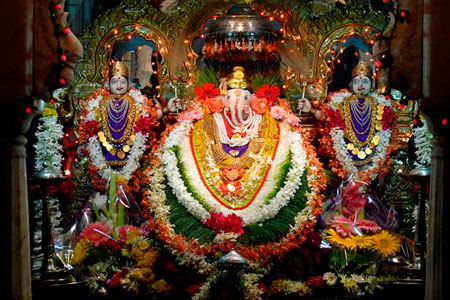
We do not find any direct references of Sangli before 1801. Historical references since 1024 show areas called Mirinch i.e presently Miraj and Karhatak i.e. Karad under the areas rules by Gonk a Shilahar king and sangli was included in these areas. The first clear and direct refernce to sangli can be found in the sankrit poem Shiv-Bharat . During the time of Shivaji Maharaj, his courageous Sarnoubat Netaji Palkar captured Sangli, Miraj and Brahmnal from the Adilshah in 1659. In the times of Peshwas, Indroji Kadam and later Sardar Patwardhan became the ‘Jahagirdar’ of this region.
There are several interesting stories as to how the name Sangli originated. One of them is that, there were six (6) Gallies i.e. lanes on the bank of the Krishna River hence the name “SANGLI”. The second one is that, the name of the village was Sangalki in Kannad language so in Marathi it became SANGLI. Another belief is that the confluence of Warna and Krishna rivers is near Sangli village. The word for confluence in Marathi is ‘Sangam’ and the SANGLI is the distorted version of the word Sangam.
Till 1801, Sangli was included in Miraj Jahagir. The First Chintamanrao Appasaheb Patwardhan established a different principality with Sangli as the Capital city. An interesting fact was that in 1768, Haripur a nearby village was bigger than Sangli having population of 2000, whereas Sangli had population of 1000 only.
PRINCELY STATE OF SANGLI
Sangli , was one of the 11-gun salute princely states of British India, under the Kolhapur-Dekkan Residency in the Bombay Presidency, and later the Deccan States Agency. It was one of the southern Maratha Jagirs. Its territory was widely scattered among other native states and British districts.
Sangli was part of Maratha Empire, however, there are no direct references mentioning Sangli before 1801. During the time of Shivaji, Sangli, Miraj and surrounding areas were captured from the Mughal Empire. Until 1801, Sangli was included in Miraj Jahagir. The First Chintamanrao Appasaheb Patwardhan established a different principality with Sangli as the capital city.
The Principality of Sangli covered an area of 1112 square miles (2942 square kilometers), and had a population of 226,128 in 1901, while the population of the town itself was 16,829 in that year. In 1911, the state enjoyed a revenue estimated at £10,000-.
The last ruler of Sangi was Capt. HH Shrimant Raja Saheb Sir Chintamanrao II Dhundirajrao Appasaheb Patwardhan. Sangli joined the Dominion of India on March 8 1948 and is currently a part of the state of Maharashtra.
APPROXIMATE DISTANCE:
| Mumbai | 391 Km | Nagpur | 763 Km |
| Aurangabad | 457 Km | Ratnagiri | 179 Km |
| Pune | 231 Km |
GEOGRAPHICAL INFORMATION
| Temperature Range (Deg °c) | Maximum | Minimum |
|---|---|---|
| Summer | 430C | 38.50C |
| Winter | 250C | 12.80C |
| Latitude | 180 15 ' to 190 55' | |
| Longitude | 770' to 780 25' | |
| Climate | Tropical | |
| STD Code | 0233 |
MAIN ATTRACTIONS
